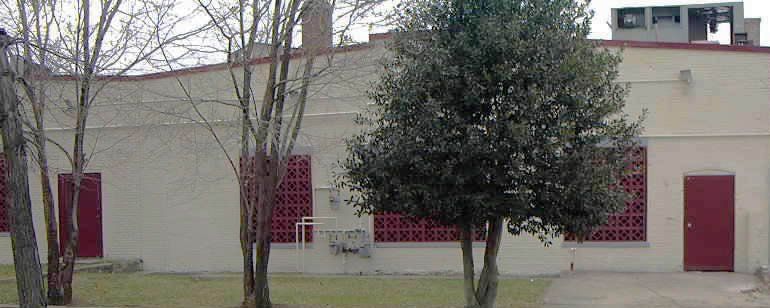
MILESTONES IN THE LIFE OF THE FABULOUS, MYTHIC CLUBHOUSE OF WASHINGTON, DC
1969-71: Legendary after-hour parties on 14th Street NW in Washington, D.C., given by the Metropolitan Capitolites (MC`s) were the seeds that later gave birth to the fabulous ClubHouse. John Eddy, Morrell Chasten and Aundrea Scott, were original members of the Metropolitan Capitolites and proprietors of the ClubHouse. These "joint-is-jumping" parties are still talked about with the freshness of recall of an event that just happened the other week.
1971-75: Soon these widely popular parties demanded larger space and the Zodiac Den was founded at Riggs Road, and was instantly successful. Within a year the club expanded again and was renamed the Third World. The club quickly became a landmark in late-night entertainment in Washington. This was the first club in the area with a DJ booth and boasted a two-turntable set-up. Some nights were so crowded that the moisture from sweating dancers would condense on the ceiling and fall like rain. In four years, the Third World had taken the times (and the times had taken the Third World) as far as they could go: popularity had outgrown capacity.
1975-89: The ClubHouse opened on Saturday, May, 10, 1975, in a large warehouse at 1296 Upshur Street, NW with 300 members and their guests. "We began with just two lights, a mere eight speakers, and a large mirror ball in the middle of the room, but in a year we had the best sound system in the U.S.," recalls John Eddy. The famous Richard Long was later commissioned to design and install a state-of-art sound system that included massive sub-woofers and tweeter arrays above the dance floor.
From anniversary to anniversary, the ClubHouse grew (often in the face of all conventional wisdom to the contrary) to became one of the best entertainment, dance and social clubs in the world. Famous for its house music and world class entertainers’, but unpretentious and not forgetting its roots, the ClubHouse successfully survived over an extraordinarily long time.
By retaining the feel of house parties, the ClubHouse afforded its membership (over 4000 at its peak) the pleasant paradox of being out on the town, yet at home with friends and family. The feeling was no accident. Although entertainment was the method, community building and outreach was the driving force behind the ClubHouse.
1990: Finally, after providing the best House/Dance music and exposure to national entertainers, the ClubHouse shut its doors on its fifteenth anniversary in May 1990. Although closed, the legendary ClubHouse and its parties will continue to live on in the hearts and memories of thousands of people all over the world.